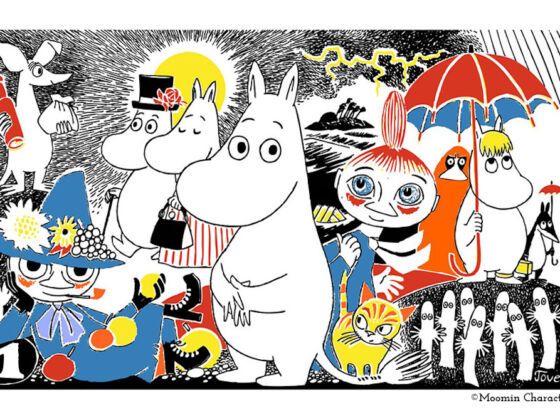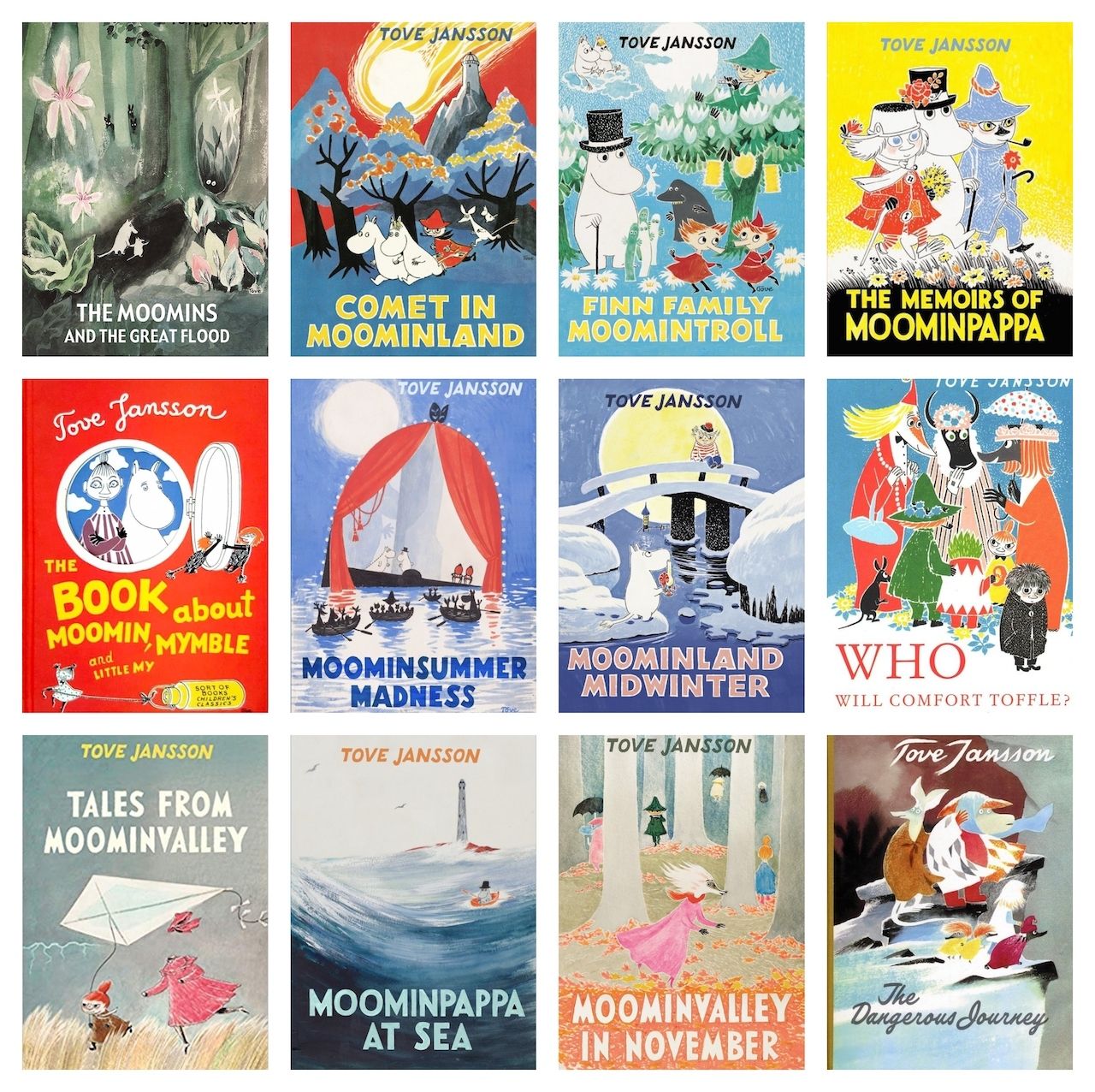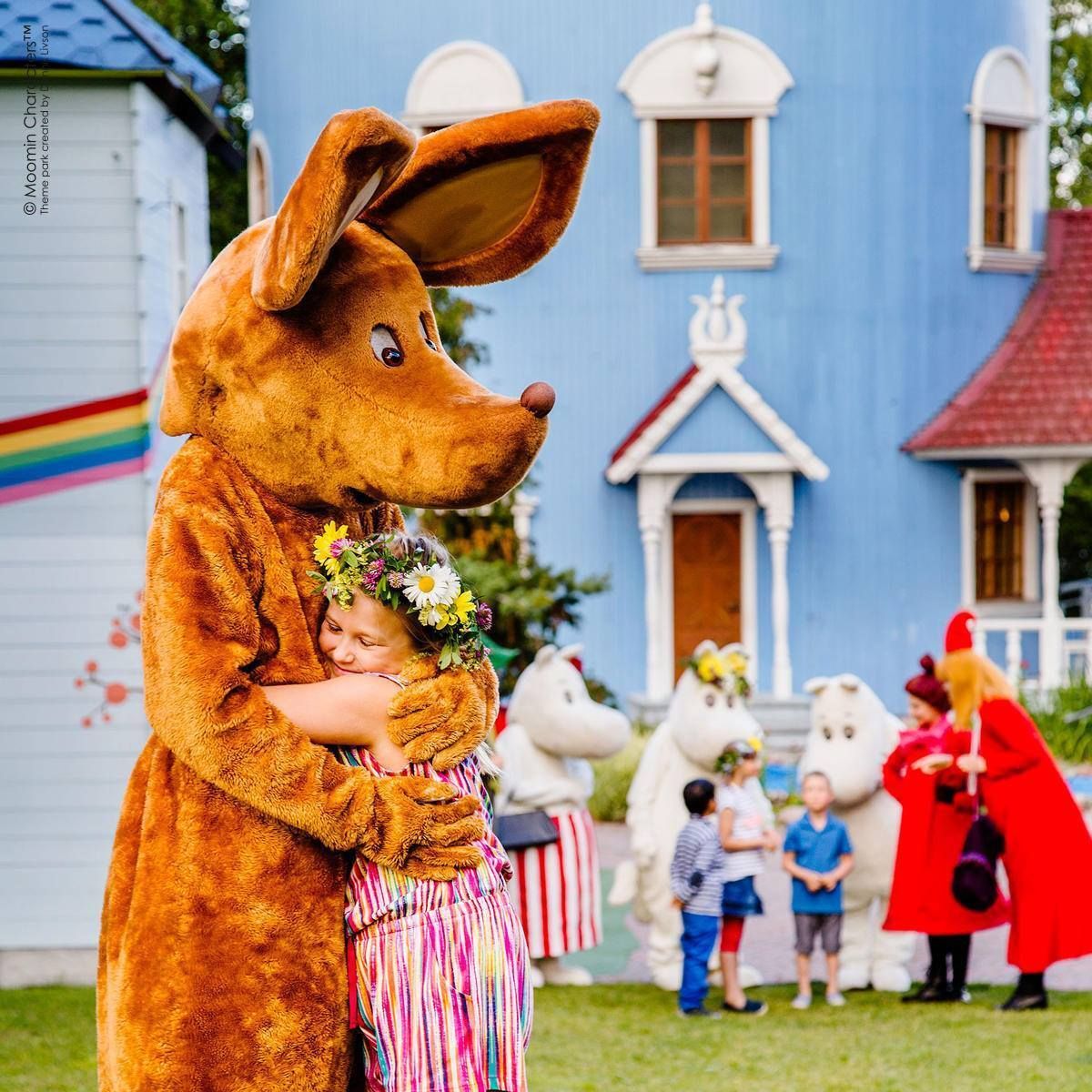If you were from Finland, you would have grown up with tales of trolls and their offbeat friends, living in a world of their own. These Moomin characters may well have been a part of your childhood outside of Finland as well — since their stories have been translated into 50 languages.
The first Moomin book, The Moomins and the Great Flood, was written in the waning months of the Second World War and published in 1945. The book, the first in a collection of stories that would influence every child in Finland from then on, is 75 years old this year.





